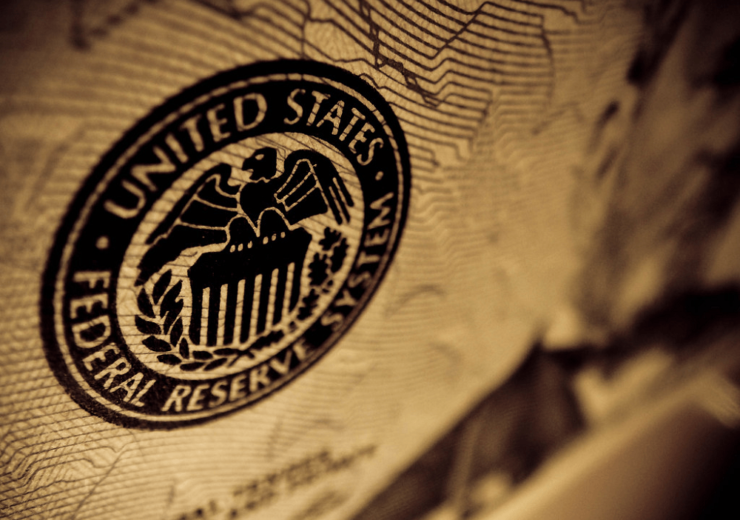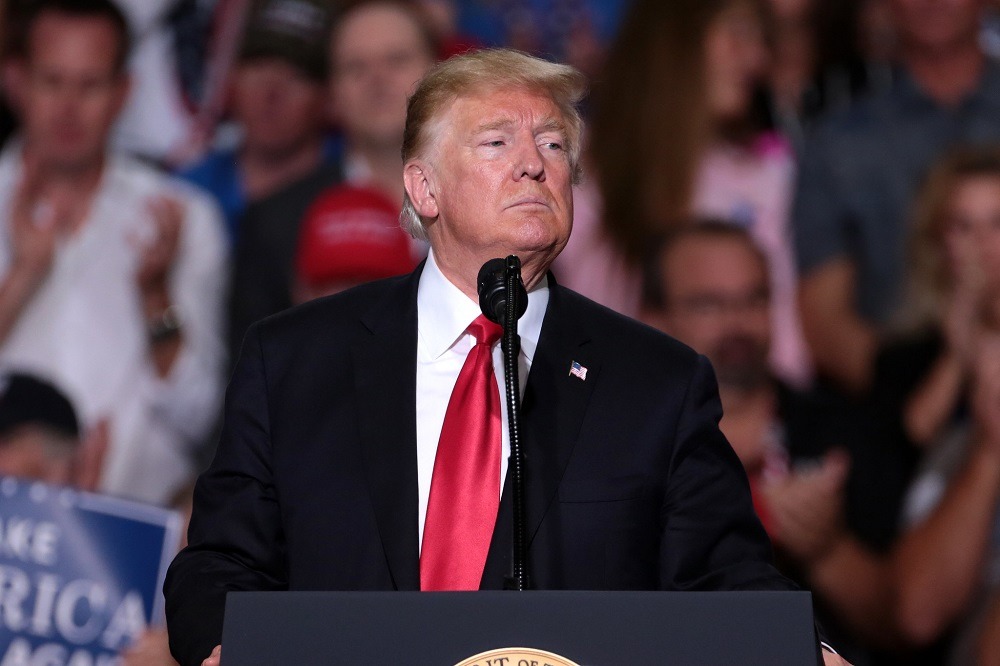US Federal Reserve chairman Jerome Powell announced the interest rate cut of 25 basis points, much to the ire of President Trump

The US Federal Reserve cut interest rates for the second time in a decade (Credit: Kurtis Garbutt/Flickr)
The US Federal Reserve last night cut its base interest rate for just the second time since 2008 – dropping it by 25 basis points to a range of 1.75% to 2%.
It was a widely-expected move by the central bank, which has been under pressure to provide a fiscal stimulus amid global trade tensions and sluggish economic growth.
It is the second rate cut this year, with a 25 basis point adjustment made at the end of July.
But the decision was not unanimous among members of the Federal Reserve Open Markets Committee, which votes to set monetary policy.
Two members of the seven-strong committee voted in favour of holding rates as they were, while one voted for a bigger cut.
Weakness in global growth behind US Federal Reserve decision to cut base interest rate
The Fed said in a statement: “In light of the implications of global developments for the economic outlook as well as muted inflation pressures, the committee decided to lower the target range for the federal funds rate to 1.75% to 2%.
“This action supports the committee’s view that sustained expansion of economic activity, strong labour market conditions, and inflation near the committee’s symmetric 2% objective are the most likely outcomes – but uncertainties about this outlook remain.”
Federal Reserve chairman Jerome Powell added: “We took this step to help keep the US economy strong in the face of some notable developments and to provide insurance against ongoing risks.”
He cited trade tensions that have “waxed and waned”, as well as the uncertainty over Brexit as key factors weakening the global growth outlook, while maintaining that the US job market and household spending had remained strong throughout the year.
“Since our last meeting, we’ve seen additional signs of weakness abroad and a resurgence of trade policy tensions, including the imposition of additional tariffs,” said Powell.
“The Fed has no role in the formulation of trade policy, but we do take into account anything that could materially affect the economy relative to our employment and inflation goals.”
President Donald Trump has been outspoken in his criticism of the Fed — and chairman Powell in particular — for not implementing more extensive rate cuts, and the US leader took to Twitter following the announcement to give his verdict.
He wrote: “Jay Powell and the Federal Reserve Fail Again. No ‘guts,’ no sense, no vision! A terrible communicator!”
Jay Powell and the Federal Reserve Fail Again. No “guts,” no sense, no vision! A terrible communicator!
— Donald J. Trump (@realDonaldTrump) September 18, 2019
US Federal Reserve tight-lipped over future interest rate plans
The Fed remained non-committal on the prospect of further rate cuts in the near-term, saying only that it will “continue to monitor the implications of incoming information for the economic outlook and act as appropriate to sustain the expansion” of the US economy.
CEO and founder of financial advisory organisation deVere Group, Nigel Green, said: “The rate cut was widely expected given deflationary pressures driven by the recent weak US manufacturing data, the simmering trade tensions with China and the mounting geopolitical issues in the Middle East.
“The real interest, however, was in the accompanying statement over future rates.
“There’s much uncertainty among economists, and within the Fed itself — it’s an unusual environment.

“Despite immense pressure from President Trump to cut rates further, to provide rocket fuel to the economy ahead of next year’s election, the Fed appears conscious that the labour market is tight and fears wage inflation will kick in.
“Also, with the US economy experiencing around 2% growth, which is fairly decent, the Fed is exercising caution over further precautionary rate cuts at this time.
“Stock markets wanted the Fed to err on the side of caution and promise more cuts and, as such, markets may fall accordingly.
“The US dollar had today’s rate cut priced-in, but will rise on the Fed’s silence over future cuts.”
